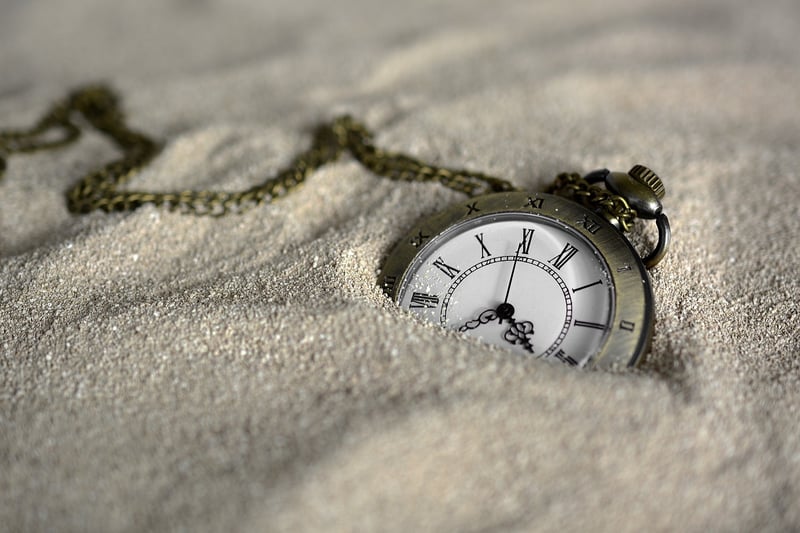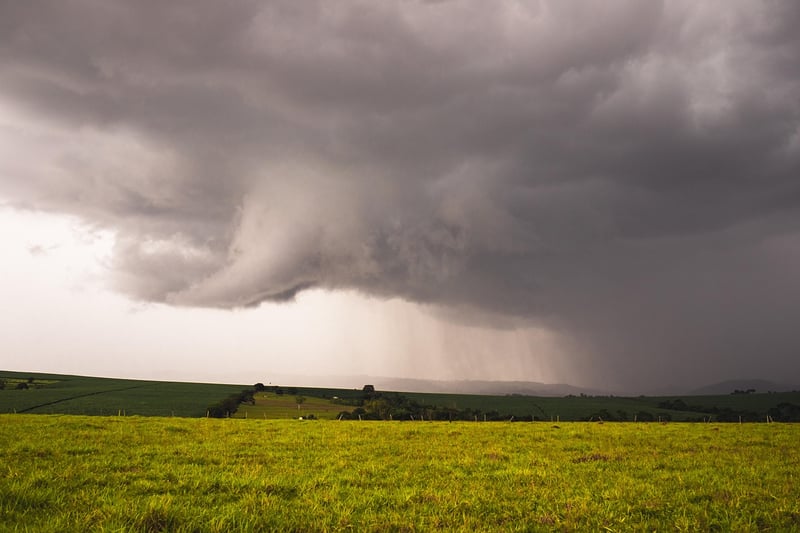Temporal Loops
Mechanisms of Time Travel and Temporal Loops
Introduction
Time travel has been a fascinating concept in science fiction for decades, capturing the imagination of many. The idea of traversing through time, altering the course of history, and experiencing different eras is both thrilling and mind-boggling. In this article, we will explore the mechanisms of time travel and delve into the intriguing concept of temporal loops.
Mechanisms of Time Travel
Time travel is often depicted in various ways in literature, movies, and TV shows. While the actual feasibility of time travel remains a topic of debate among physicists, several popular mechanisms are commonly used in fiction:
1. Wormholes
Wormholes, also known as Einstein-Rosen bridges, are hypothetical tunnels in spacetime that connect two separate points. By traversing through a wormhole, one could theoretically travel through time as well as space.

2. Time Machines
Time machines are devices that allow individuals to travel backward or forward in time. These machines are often portrayed as elaborate contraptions or advanced technology that defies the laws of physics.

3. Time Dilation
Time dilation is a concept from Einstein's theory of relativity, where time passes at different rates for objects in motion relative to each other. Traveling near the speed of light or experiencing extreme gravitational forces could result in time dilation.

Temporal Loops
Temporal loops, also known as closed timelike curves, are situations where an event in the future influences the past, creating a loop in time. This concept often leads to paradoxes such as the famous grandfather paradox.
Grandfather Paradox
The grandfather paradox is a common example of a temporal loop where a time traveler goes back in time and prevents their grandparents from meeting, thus preventing their own existence. This paradox raises questions about the possibility of changing the past without causing contradictions.
Predestination Paradox
The predestination paradox occurs when a future event is the cause of a past event, leading to a self-perpetuating loop with no discernible origin. This concept challenges the linear flow of time and the notion of free will.
Conclusion
Time travel and temporal loops continue to captivate storytellers and audiences alike, providing endless possibilities for exploring the complexities of time and causality. While the practicality of time travel remains uncertain, the imaginative exploration of these concepts sparks curiosity and creativity in both science and fiction.
